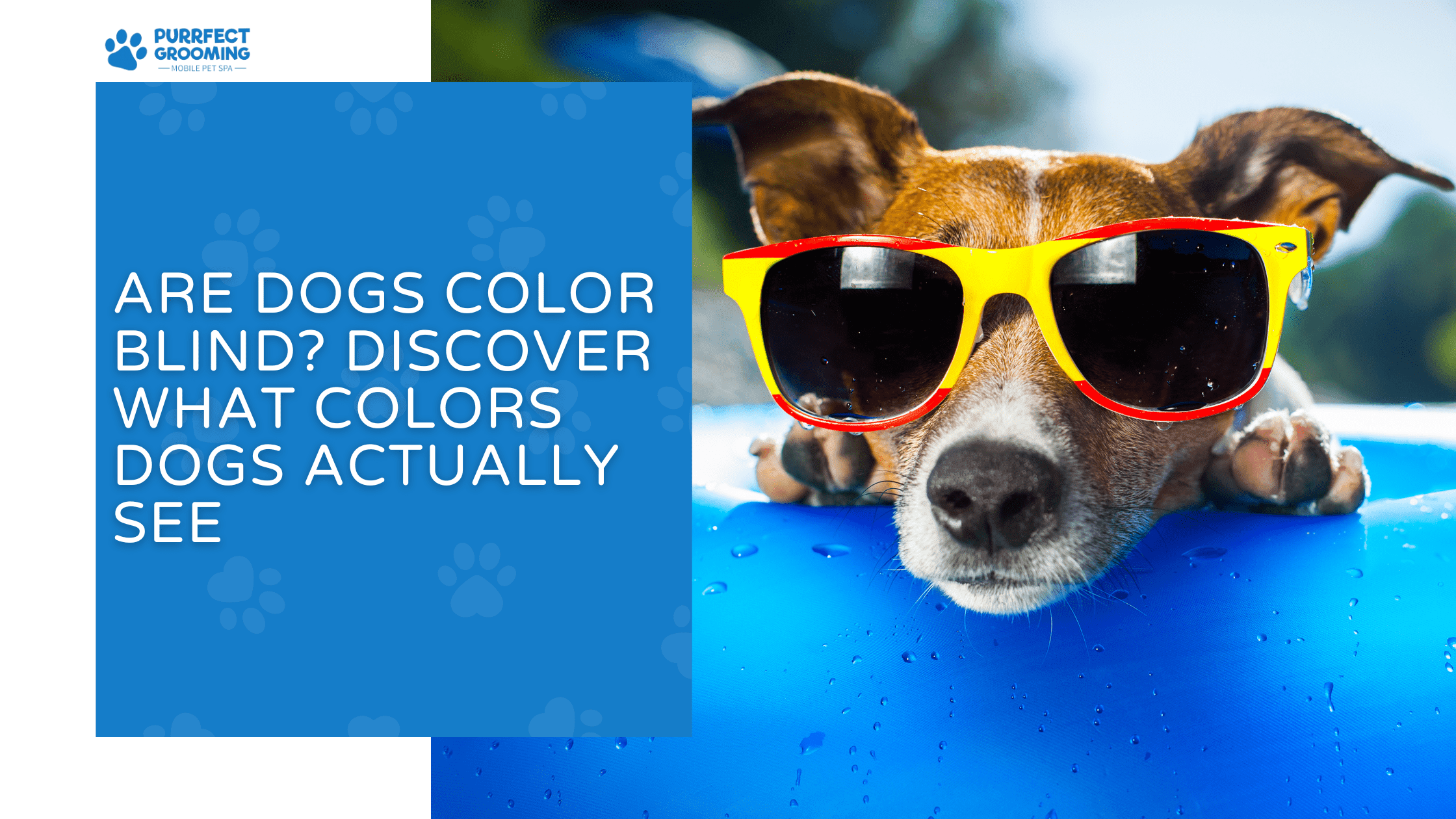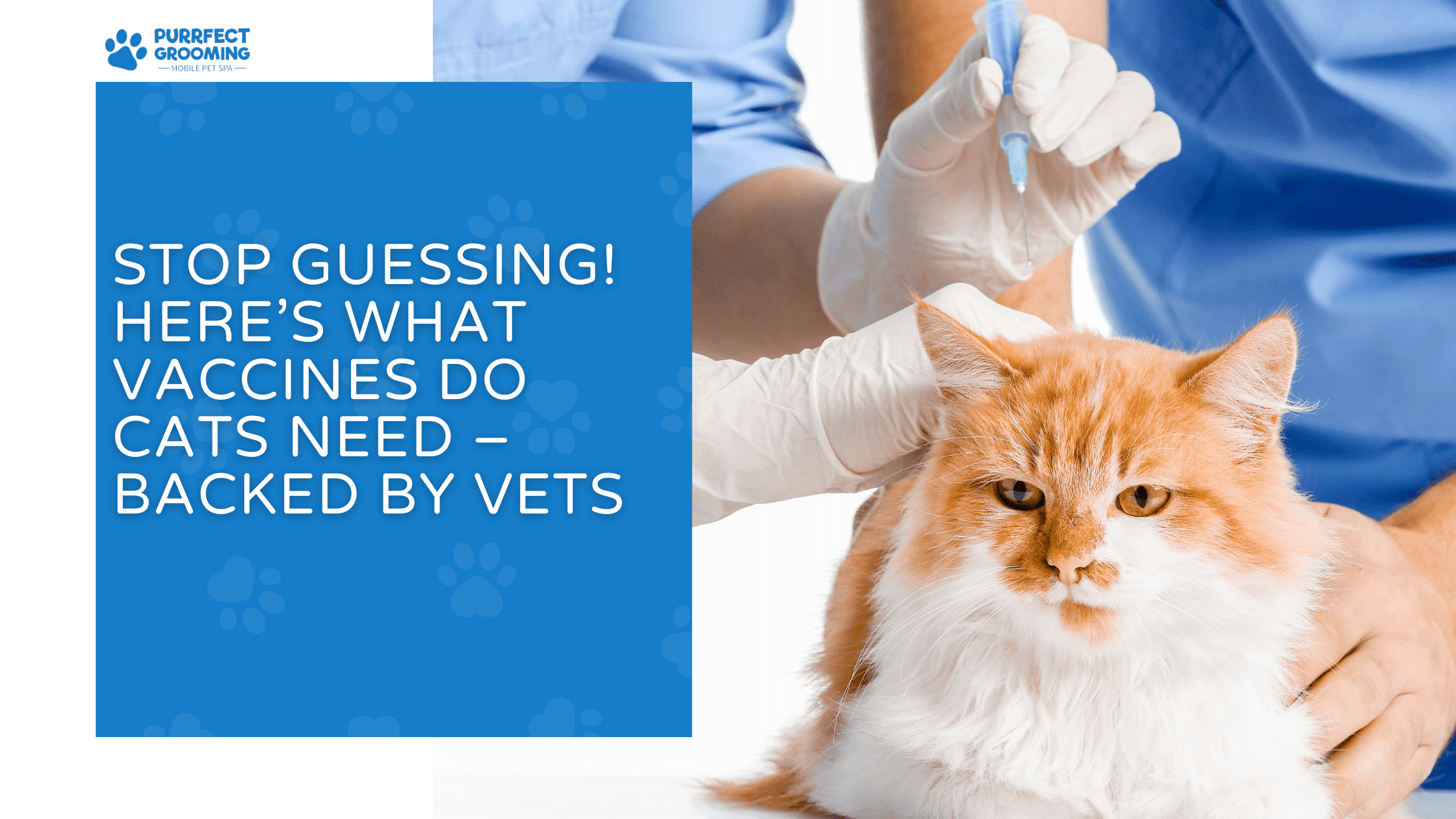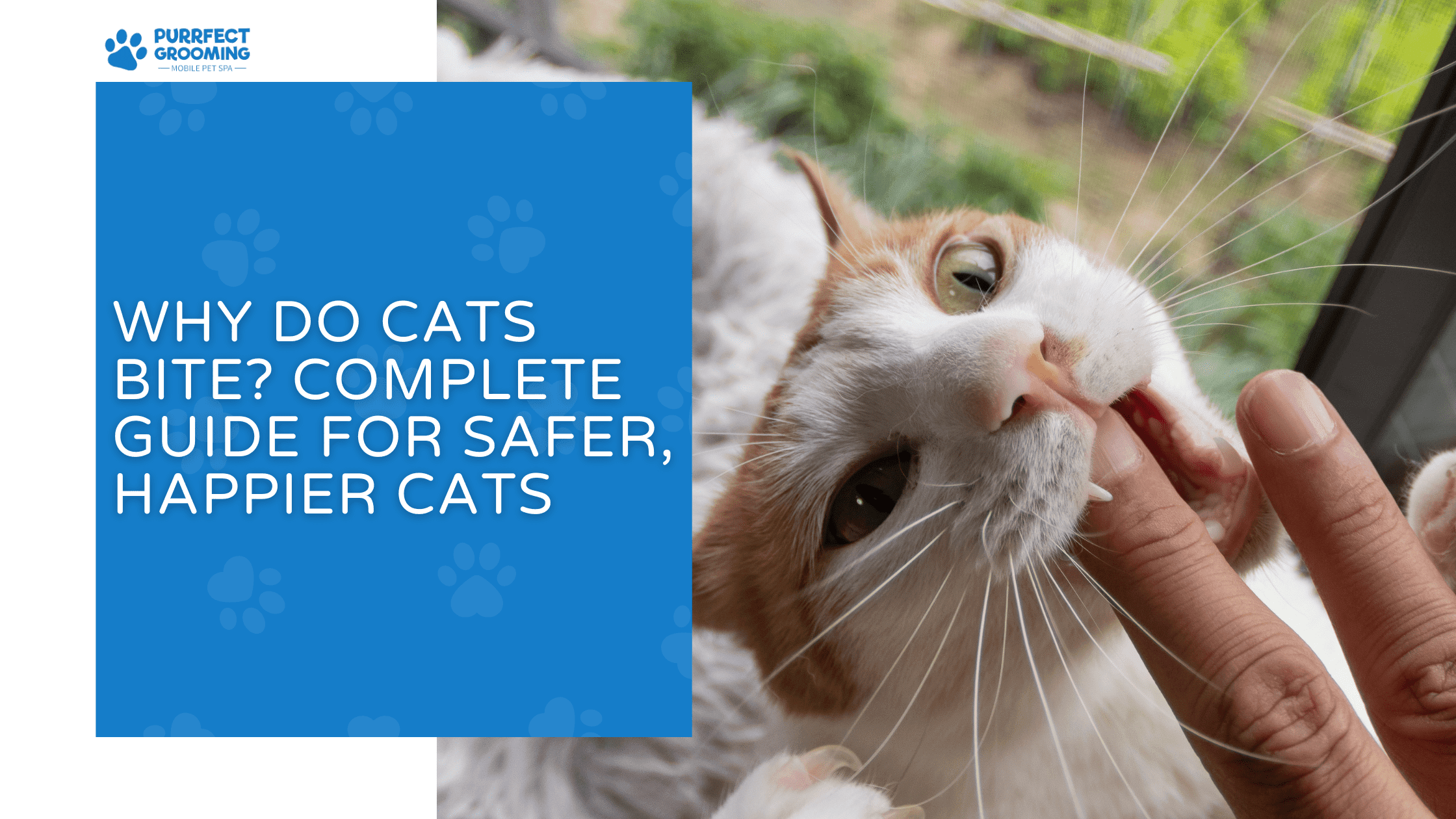Are Dogs Color Blind? Discover What Colors Dogs Actually See
Are dogs color blind? It’s one of the most common questions dog owners ask when they see their furry friends chasing after toys, reacting to lights, or staring out into the world. Contrary to popular belief, dogs don’t see the world in black and white. They actually do see color—but in a much more limited way than humans. According to the American Kennel Club, dogs possess dichromatic vision, meaning they only perceive two primary colors—yellow and blue—while humans see three. Another study by Neitz Labs at the University of California found that dogs’ color vision is similar to that of humans with red-green color blindness.
So, while your red toy may look dull brown to your pup, a yellow ball is a burst of brightness. Let’s dive deeper into the fascinating science behind dog vision and debunk the myths once and for all.
Understanding How Dogs See the World
Imagine slipping on a pair of tinted glasses that wash away reds and greens, leaving behind shades of yellows, blues, and grays. That’s close to how dogs view the world. Their eyes are designed differently, and their evolutionary needs shaped their vision. While humans rely heavily on color to interpret their environment, dogs developed eyesight more suited to hunting and survival, focusing on motion and contrasts instead.
The Science Behind Dog Vision
Our eyes contain two main receptors: rods and cones. Rods are responsible for detecting light and motion, while cones detect color. Humans have three types of cones (trichromatic vision), enabling us to see a wide range of colors. Dogs, however, only have two types of cones (dichromatic vision), which limits their color perception.
This doesn’t mean dogs have poor eyesight. In fact, they excel in areas where humans fall short. Their abundance of rod cells allows them to see better in low light and track movement with incredible precision. That’s why your dog can spot a squirrel rustling in the bushes from yards away, even at dusk.
Are Dogs Color Blind or Just Color Limited?
The term “color blind” often causes confusion. While it suggests complete inability to see color, dogs aren’t entirely color blind. Instead, their color vision is limited compared to humans. Their experience is comparable to a person with red-green color blindness, where reds appear dull or grayish, and greens blend with brown tones. So, rather than being color blind, dogs are better described as color limited.
Colors Dogs Can See Clearly
Dogs shine in recognizing shades of blue and yellow. These colors stand out most in their vision, which is why yellow tennis balls and blue frisbees are so popular in dog parks.
On the other hand, colors like red, orange, and green appear more muted. Red often looks dark brown or even black to a dog, while green can blend with grass, making it harder for them to spot certain toys.
You May Also Like : What Colors Can Dogs See?
Human Vision vs Dog Vision
| Feature | Humans (Trichromatic) | Dogs (Dichromatic) |
| Color Perception | Red, Green, Blue | Blue, Yellow |
| Motion Detection | Moderate | Excellent |
| Night Vision | Limited | Strong |
| Field of View | ~180 degrees | ~240 degrees |
How Do Dogs React to Colors in Daily Life?
Your dog’s limited color vision influences how they interact with their surroundings. That red toy you think is bright and appealing may not stand out at all for them on the green lawn. This is why some dogs lose interest in certain toys—they simply can’t see them as clearly as others.
Colors also play a role in training. Using tools and objects in high-contrast colors like blue or yellow can make commands and activities easier for dogs to understand.
Myth-Busting Common Misconceptions
One of the oldest myths is that dogs see only in black and white. This idea dates back to early scientific misunderstandings. Today, we know that dogs do perceive color, though not in the same vibrant spectrum as humans. Another misconception is that dogs can’t distinguish between objects without color cues. In reality, they rely heavily on shapes, contrasts, and movements, not just color.
Statistical Insight: Dog Vision Studies
Studies continue to show fascinating insights into dog vision. A 2013 experiment in Russia tested dogs’ ability to differentiate between colored cards. The findings revealed that dogs overwhelmingly relied on color rather than brightness, proving they do perceive colors, albeit in a limited spectrum (ScienceDirect).
This means your dog isn’t just guessing when they chase their yellow tennis ball—they’re using their unique vision capabilities to track it down.
Impact of Limited Color Vision on Dog Behavior
A dog’s dichromatic vision impacts everyday activities. When fetching in a grassy field, they may struggle with red balls because those colors blend with their background. However, they compensate with their keen motion detection, spotting even the slightest movement of the toy.
In hunting and working scenarios, dogs rely more on contrasts and scent than on color. Their vision may not be as colorful as ours, but it’s perfectly adapted to their needs.
Dog Color Perception vs Human Activities
| Activity | Human View | Dog View |
| Fetch in Grass | Red Ball visible | Red Ball blends in |
| Night Patrol | Limited vision | Strong night vision |
| Watching TV | Colorful scenes | Muted colors |
How Dog Vision Helps in Night and Motion Detection
What dogs lack in color vision, they make up for with superior night vision. Thanks to the tapetum lucidum, a reflective layer behind their retina, dogs’ eyes glow at night and capture more available light. Combined with a wide field of view and high motion sensitivity, this makes them excellent night-time guardians.
Comparing Dog Vision With Other Animals
- Cats: Slightly better night vision than dogs but similar color limitations.
- Horses: Broader color vision than dogs, but weaker detail perception.
- Birds: Far superior, with the ability to see ultraviolet light.
Compared to these animals, dogs strike a balance between color detection, motion sensitivity, and night vision, making their eyesight perfectly suited to their role as companions and protectors.
Training Dogs Considering Their Vision
When training dogs, it’s wise to choose tools they can see clearly. A yellow clicker target or blue training ball is more effective than red or green ones. Professional trainers often recommend contrasting backgrounds during training sessions, such as using a blue toy on a brown carpet, ensuring the dog can focus better.
Do Dogs See the World in Black and White?
No, they don’t. While older science books and cartoons popularized the black-and-white myth, today’s research confirms dogs see a limited palette. Their world is not colorless—it’s just toned down, like watching a movie with the color saturation turned low.
External Influences: Environment & Lighting
Lighting plays a key role in how dogs perceive colors. In bright sunlight, their limited color perception becomes more useful, while in dim light, their reliance shifts to motion and brightness. Owners should consider this when planning outdoor playtime or training at dusk.
Best and Worst Colors for Dog Toys
| Toy Color | Dog Visibility | Recommendation |
| Yellow | High | Best for outdoors |
| Blue | High | Great for training |
| Red | Low | Avoid in green grass |
| Green | Low | Blends with ground |
Expert Opinions From Veterinarians
Veterinarians agree that understanding dog vision improves how we care for our pets. Dr. Mark Plonsky, a canine vision researcher, notes that selecting toys and cues in blue and yellow helps dogs stay engaged and reduces frustration. By working with their strengths, owners can enrich both training and play experiences.
Conclusion: The Truth About Dog Vision
So, are dogs color blind? The truth is more nuanced. Dogs aren’t blind to colors—they simply have a narrower palette. While they can’t see reds and greens the way humans do, they excel at detecting blues and yellows, noticing motion, and navigating in the dark. This specialized vision has helped them survive and thrive alongside humans for thousands of years. As a pet owner, tailoring your choices to your dog’s vision will help make their world brighter and more enjoyable.
Pro Tip for Dog Owners
When buying toys, training tools, or even collars, always pick blue or yellow. These colors pop the most in your dog’s vision, making playtime more fun, training more effective, and your dog’s world a little brighter.
FAQs
1. Are dogs color blind like humans with color blindness?
Yes, dogs’ vision is most similar to humans with red-green color blindness.
2. What colors are easiest for dogs to see?
Blue and yellow are easiest for dogs to distinguish.
3. Can dogs recognize their owners by sight?
Yes, dogs recognize shapes, faces, and body language even with limited color vision.
4. Do dogs prefer certain colors of toys?
Dogs respond better to toys in yellow or blue since they stand out more clearly.
5. Is dog color blindness the same as human color blindness?
Not exactly. While humans may have various types of color blindness, dogs naturally have dichromatic vision.









